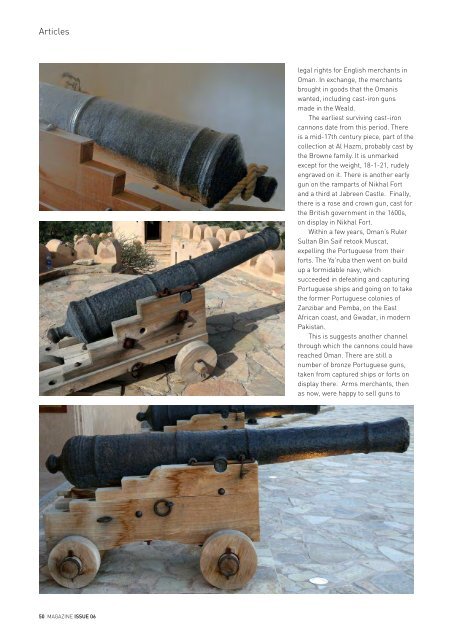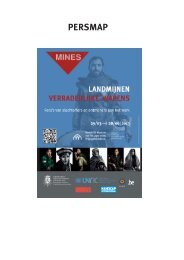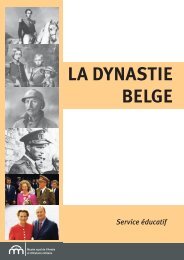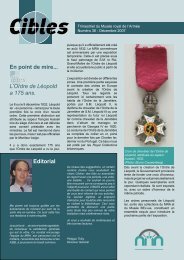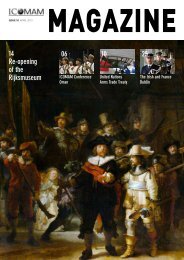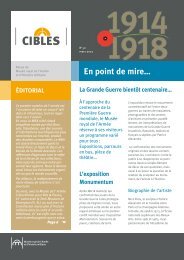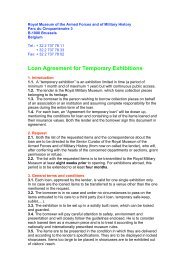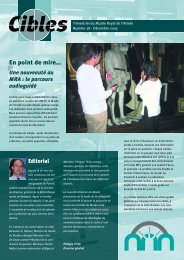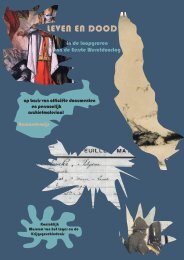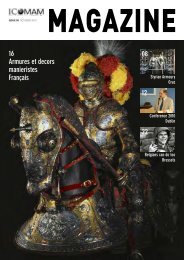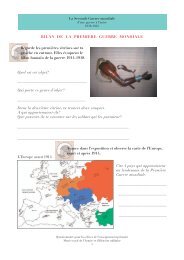(High resolution) April 2011 (PDF
(High resolution) April 2011 (PDF
(High resolution) April 2011 (PDF
You also want an ePaper? Increase the reach of your titles
YUMPU automatically turns print PDFs into web optimized ePapers that Google loves.
Articles<br />
50 MAGAZINE ISSUE 06<br />
legal rights for English merchants in<br />
Oman. In exchange, the merchants<br />
brought in goods that the Omanis<br />
wanted, including cast-iron guns<br />
made in the Weald.<br />
The earliest surviving cast-iron<br />
cannons date from this period. There<br />
is a mid-17th century piece, part of the<br />
collection at Al Hazm, probably cast by<br />
the Browne family. It is unmarked<br />
except for the weight, 18-1-21, rudely<br />
engraved on it. There is another early<br />
gun on the ramparts of Nikhal Fort<br />
and a third at Jabreen Castle. Finally,<br />
there is a rose and crown gun, cast for<br />
the British government in the 1600s,<br />
on display in Nikhal Fort.<br />
Within a few years, Oman’s Ruler<br />
Sultan Bin Saif retook Muscat,<br />
expelling the Portuguese from their<br />
forts. The Ya’ruba then went on build<br />
up a formidable navy, which<br />
succeeded in defeating and capturing<br />
Portuguese ships and going on to take<br />
the former Portuguese colonies of<br />
Zanzibar and Pemba, on the East<br />
African coast, and Gwadar, in modern<br />
Pakistan.<br />
This is suggests another channel<br />
through which the cannons could have<br />
reached Oman. There are still a<br />
number of bronze Portuguese guns,<br />
taken from captured ships or forts on<br />
display there. Arms merchants, then<br />
as now, were happy to sell guns to


